UPDATE – The Full Build Is Now Available! CLICK for details.
We’re extremely busy at the moment but I’m still finding the time to continue making my wooden hand planes in between (watch the Video Rant here). In fact I’ve become a bit addicted to making these planes and am impressed every time I use them. When we do the video for the hand plane build it’s important for me to know that I’m not ranting on at you to go make one, for it to turn out to be a load of old tripe, so I’ve been putting my smoother to use every day for a couple of months now (that’s a lot of mileage!) and it just keeps getting better.
I had a tool purge around the time that I completed my Jack plane and all but the essential tools got put in boxes. For the bench planes I left myself with only the three wooden ones shown here. These have been doing all of the work for good while now so I can be confident that they’re certainly not tripe. I pulled out my Stanley Jack again the other day and it felt clunky and wrong after using these gems for such a long time, I think there’s a lot to be said for building the tool for your own hand rather than for Mr & Mrs Smith.
For the video we’re going to take the Jack plane route. It won’t be a rough thing like my favourite old Jack, but a nice fine tool which will teach you everything you need to continue on and make a lovely smoother & jointer if you wanted. And if you don’t have a range of bench planes already, then you should make them all as it’s a great way to get a sense of how the variety of lengths will benefit your woodworking.
We’re also working on something for this video that could be very exciting and we’ll let you know, as soon as we know, if we’ve managed to pull it off.

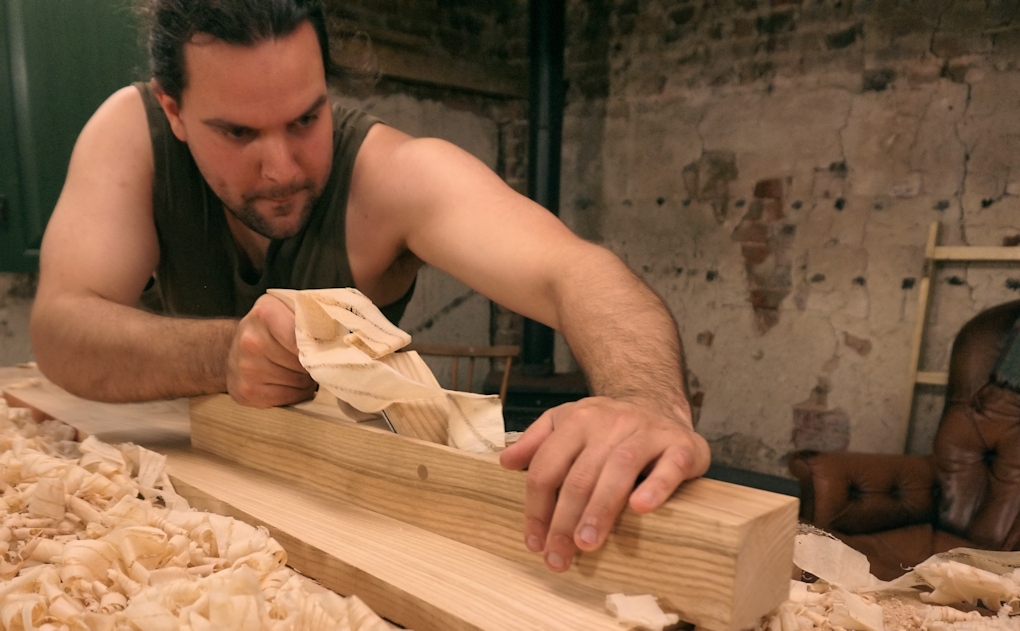
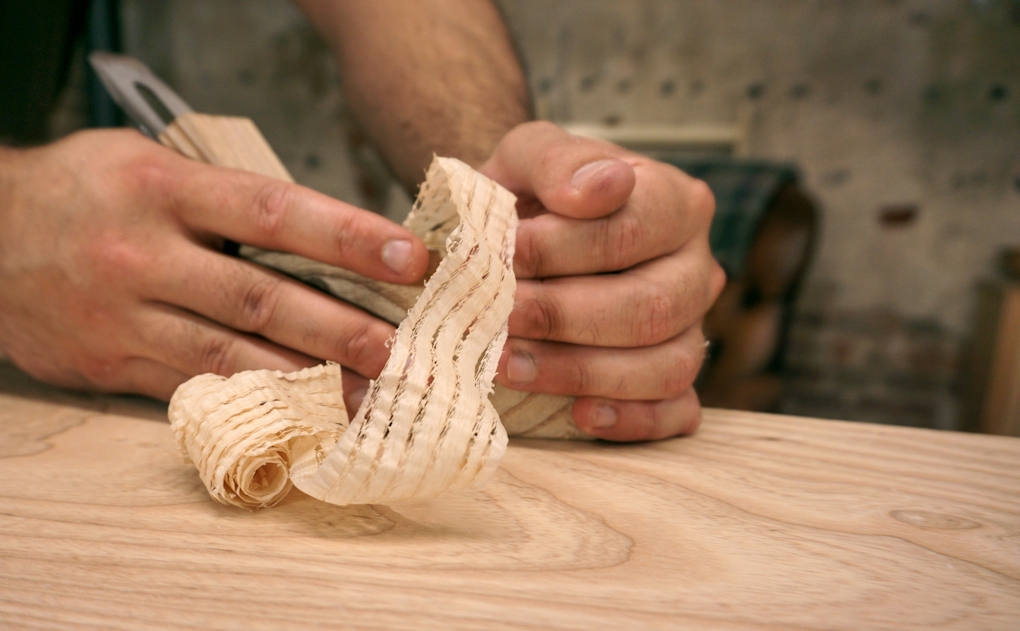
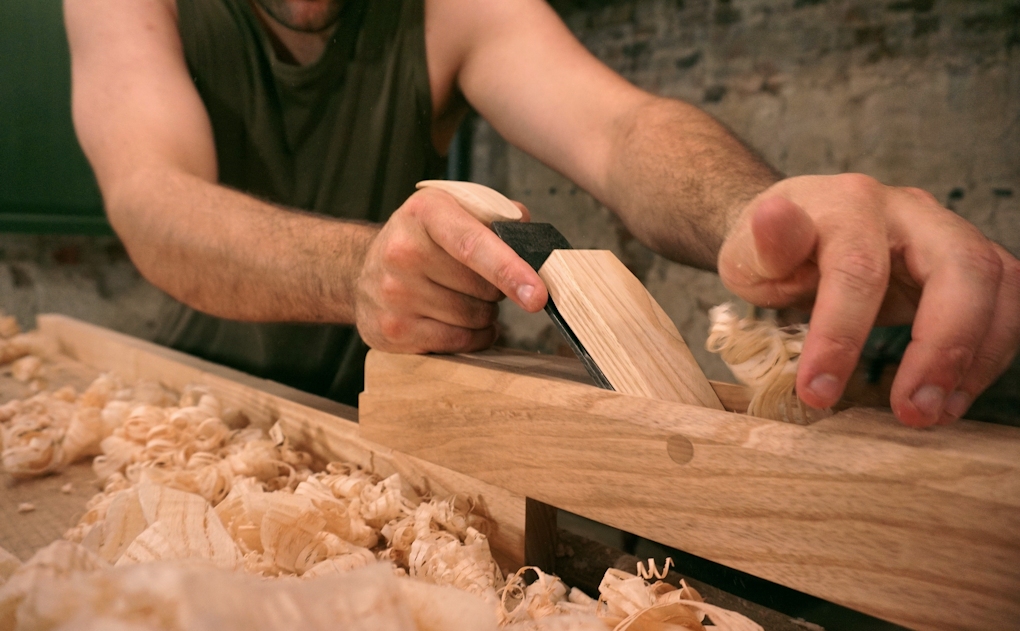
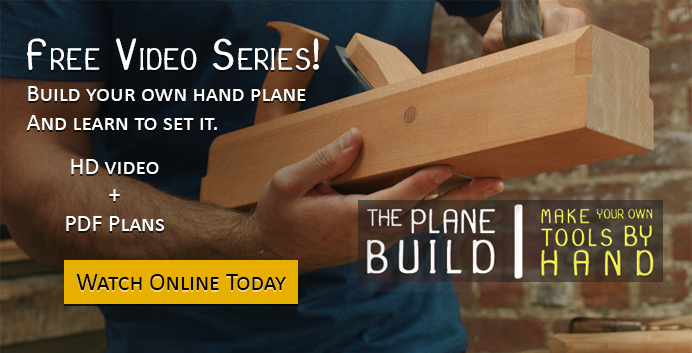
![Which Saws Are Best For Ripping Thick Stuff? [Video]](https://www.theenglishwoodworker.com/wp-content/uploads/2022/12/what-hand-saw-is-best-for-thick-rip-cuts.jpg)
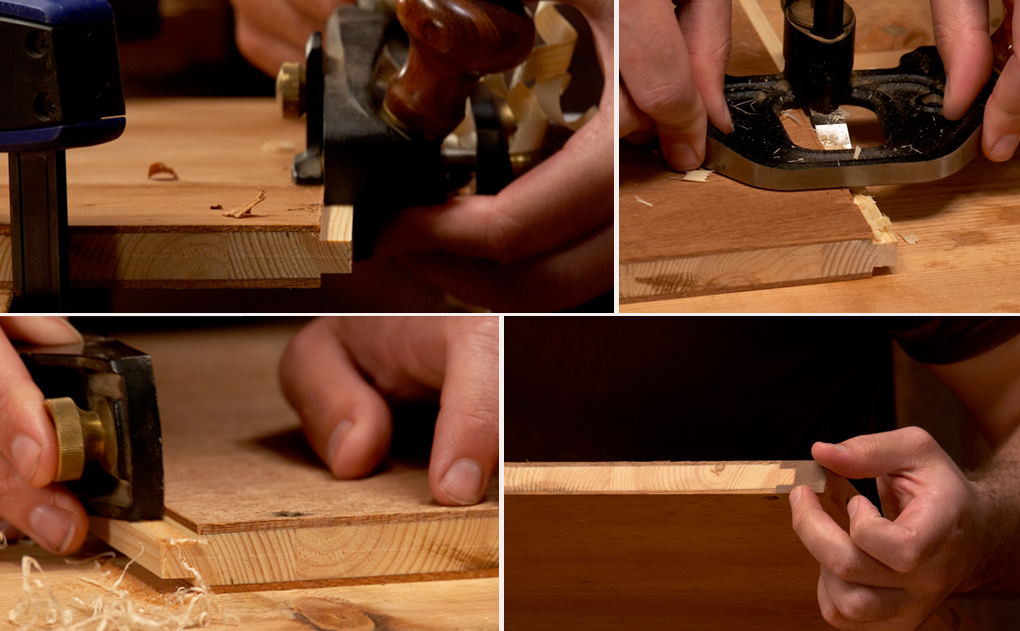
![Quick Homemade Clamps – Small & Large [with video]](https://www.theenglishwoodworker.com/wp-content/uploads/2022/08/how-to-make-your-own-woodworking-clamps.jpg)

Can’t wait!
Great! Can’t wait for the wooden plane video… I’ve picked a couple of old planes at a local flea market – I think it’s a jack and a jointer but I’m very happy… I noticed that when I start with my metal plane – I rarely have to candle the sole but when I start with a wooden plane and then pick up my Stanley – I can’t use it without wax…
It’s funny you say that about the wax, Helen and I were just chatting about it. The amount of effort that can be wasted due to friction is surprising. With metal planes it always seems to sneak up on you.
looking forward to the build.
Might have something to do with metal getting warm quicker than wood maybe. It’s due to friction and physics of course! I have to be honest, I just couldn’t get on with wooden planes, and that was way back in 1950. I managed to save up my pocket money eventually, and bought a Record No 4, to use at school. Sadly, when I joined the RN at 15-1/2 my parents disposed of most of my ‘toys’ to the neighbours kids, and included was the plane. Dad thought I’d never use again! I missed that plane forever..
Hi John, I think that the preference of wooden or metal planes is something very individual to each of us, and once people have made up their minds I would never try to sway them. My all time favourite plane is still my Stanley Jack; metal, we go back a long way!
It’s very sad to hear about your Record, it’s a shame you didn’t have a name stamped in it, because I bet you it’s cropped up on Ebay more than once!
Personally I always thought Record made the better No 4.
Really looking forward to the build!
I looked for somewhere to pre-order the Premium Videos, hope you get it up soon!
Hi Ian, many thanks.
There’ll be a post once the pre-order goes live, should just be a matter of days.
Richard, I’ve noticed something about my cast iron planes and the use of wax, perhaps you’ve seen it too?
When planing very thin shavings, if I have set the cutter without wax and then add a bit of wax later, the blade cuts deeper.
Have you ever seen that?
Hi Keith, the thing with cast iron planes is that they’re so flexible which means that even holding them differently can affect the depth of cut. Perhaps the lack of friction gives both yourself and the plane a more confident cut, allowing it to feed through better.
Richard, I’m hoping that at some point in the wooden plane making discussion you might have something to say about the appropriate width of iron for planes with different purposes. I have a couple of Stanley #3’s that I’ve come to genuinely appreciate, but beyond that size, the iron planes get increasingly awkward. I have a #7 that was my great-grandfather’s, but I’m seeing no reason for all the mass attendant to that 2 3/8″ iron for jointing. I’m thinking a 1 3/4″ or even 1 1/2″ iron in a 22-24″ Krenov type would do nearly all the jointing I do. Time to order another Hock iron…
Hi Kermit, that is an excellent point for discussion and I do have a lot of thoughts on this which I hope will help and you’ll find relevant. It makes for another good reason for making your own planes. I’ll be sure to cover this at some point soon.
Cheers.
Thanks, Richard. I’ll be watching for it.
i have been waiting for this e.mail for a while now .cant wait .love your approach to this woodworking business and find your blog and video content amusing but informative and to the bloody point , wishing that the Englishwoodworker is a huge success for the future .regards David
We really appreciate that David. For us we really believe that the Premium side of what we’re doing is something that will co-exist and enhance the current blog along with it.
It’s certainly nice to know that we can amuse someone! A teacher many years ago told me that I call a spade a spade, I’m still not sure if that’s a good thing!
Looking forward to the build. I’ll be pre-ordering as soon as I see the E-mail.
Hi Richard,
I have seen a lot of small infill smoothers that work very impressively and have a price to match. Hope you can bring something we can make that works as well.
Love your posts and keep up the great work feeding us wood junkies!
Best wishes, Mark
Great stuff richard,im using wooden planes 90% of the time at work and at home (thanks to your inspiring vodeo’s) cant waite for the build vid’s !!!
Hi Richard,
great news. I still haven’t made any decision about my smoothing plane issue and I’m waiting curious for your advices about building a wooden one.
Hope to see them soon.
Cheers,
Stefan
Been checking my YouTube feed compulsively waiting for this.
I have an old wooden plane that was my grandfathers, unfortunately the woodworm got to it
before I discovered it. It will be nice to make one of my own. 🙂
I’ve got 3 wooden planes, two jacks and a skew rabbet (rebate). Unfortunately, the irons are trash on all but the rabbet, but the wood’s trash on that one. Go figure.
I had a copy of David Finck’s book (Making & Mastering Wood Planes) but right now it’s on my Dad’s bookshelf, some 1700 miles away. After seeing the videos you’ve done on setting up your irons for your metal planes I wonder if I even need the book. Setting the cap irons can’t be that different!
I am thinking I’ll actually spring for the pre-order. As long as, of course, the Mrs. doesn’t catch me doing it ;P
Ready for this skipper, found an iron seller too who sells plates without the chip breaker slot http://www.phillyplanes.co.uk/irons.html , not sure if this would make a difference in stiffness or not. Did I hear you right saying a chip breaker wasn’t necessary on a jointer?
is the hand plane making video(s) available? If so, please provide details.
This will be my first plane build. I’m super excited. What do you recommend as a suitable material for the build?